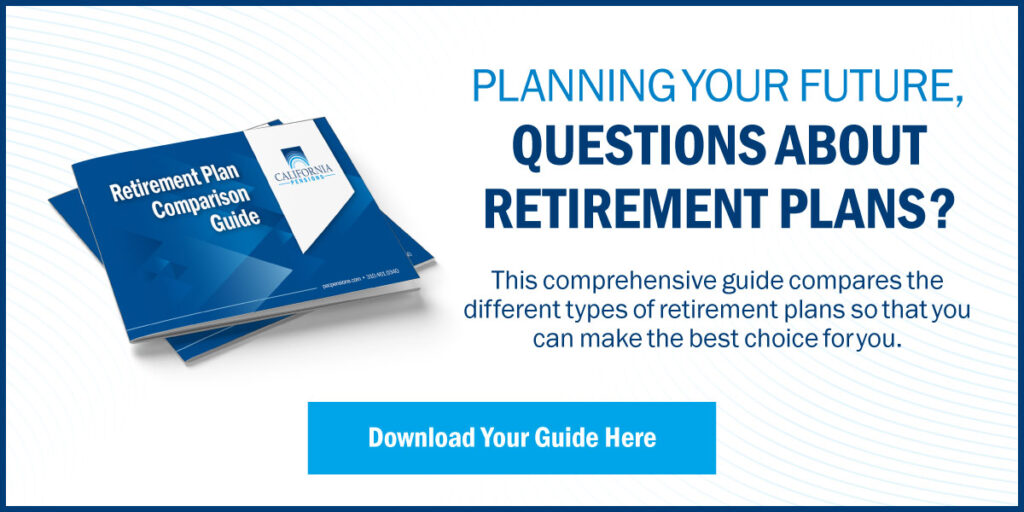Retirement plans can be complicated. There are myriad options, so the key is to determine where your goals and the rules converge. One plan option design option to keep in mind is a safe harbor 401(k). Why should a plan sponsor choose a safe harbor plan and how do they work? Let’s talk about it.
Learn how to Save More for Retirement – Check out our Infographic
Why Choose a Safe Harbor 401(k) Plan
Before discussing how a safe harbor plan works, we need to explain the problem they’re designed to solve. In a traditional 401(k), the plan is subject to what the IRS calls a “nondiscrimination test,” which is designed to ensure that all employees who opted into the plan get the benefits from it, not just the highly compensated employees. What’s the difference? A highly compensated employee (abbreviated HCE) who earns over a certain threshold (currently $130,000) per year. In essence, the IRS conducts nondiscrimination tests to make sure retirement plans aren’t being misused as a tax haven for the company’s high-earners.
The government wants businesses to have retirement plans for employees, so they incentivize plans through tax breaks, but they also want to make sure owners and HCEs aren’t “playing the system” and leaving Non-HCEs out. This is where safe harbor plans come in: if employers make guaranteed contributions to all employees, safe harbor 401(k) plans automatically pass nondiscrimination testing.
How does a Safe Harbor Plan Work?
There are three types of safe harbor plans:
- Non-Elective Plans: sponsors contribute 3% of every eligible employee’s salary. Also, the non-elective plan is for all eligible participants regardless of their contribution to the plan, whereas the other plans only apply to participants who defer, whether pre-tax or post-tax.
- Basic Match: sponsors provide a 100% match for the first 3% of employee’s compensation and a 50% match for the next 2%.
- Enhanced Match: sponsors provide a 100% match for the first 4% of the employee’s pay.
Additionally, safe harbor plans are also 401(k)s, so employees are allowed to make their own contributions to the plan—this also allows them to enjoy the tax breaks that come with saving for their retirement.

Is a Safe Harbor Plan Right for You?
Safe harbor plans are a great choice for companies that had plans to match employee contributions anyway, those who worry about passing nondiscrimination and other IRS testing, have low participation among non-HCEs, and, generally speaking, those who care about their employees’ well-being.
There are some things to consider for business owners though when considering a safe harbor plan versus traditional 401(k)s:
- If your business has inconsistent revenue streams, maintaining year-round matching or non-elective contributions may be difficult.
- Safe harbor plans can be more expensive than traditional plans.
- To get the advantages, safe harbor plans must meet several criteria just to qualify. Make sure you review the criteria before selecting safe harbor.
- Safe harbor matching or non-elective contributions are vested 100% immediately.
For many employers, the benefits of the safe harbor plan outweigh the costs: the plan tends to lead to happier employees, tax breaks for the company, peace of mind concerning IRS testing, and more savings for everyone in the organization—even you!





